Learn how to capture beautiful lines, light and form.
What is architectural photography?
Architecture is the art or practice of designing and constructing buildings. Or the complex or carefully designed structure of something. Architectural photography is all about capturing these amazing structures and highlighting their beauty.
Sydney Skyline from Darling Harbour
I really wanted to capture the new Crown Casino building along Darling Harbour because of the unusual curvy shape. Shot at 30 seconds f/16 at 320 ISO on my 24mm lens with both the 10 stop ND and circular polarizing filter to darken the sky behind the buildings and have some cloud movement. Rendered in B/W because, well, I love monochrome when it’s done well. I think I got lucky with that starburst reflected sunlight at the bottom of the building.
Why shoot architecture?
It’s all about capturing beautiful lines, light and form. Architecture is another art form. Someone has gone to a great deal of effort to design and build some of these amazing structures and they deserve to be showcased. Perhaps it is your home you are showcasing.
It is also about learning to balance light, both internal and external light, especially if shooting during the blue hour, just after sunset.
Architectural photography teaches us all about light and composition. It can be challenging, but also quite rewarding.
Tips for capturing architecture images.
Try using a wide-angle, fixed focal length lens, or a prime lens and follow these tips to improve your photography.
- Try shooting during blue hour (10-30minutes after sunset)
- Use a wide angle lens (like 16-24mm) to capture as much detail as you can and then remove the distortion in post-production.
- Try a long exposure to get that fabulous cloud movement, you could try a 10-stop ND filter and tripod.
- Creating a long exposure can also help eliminate people from your shot.
- Shoot closed down aperture like f/16 -f/22 to capture all the details.
- Don’t forget to check what’s in your frame, remove distracting unwanted elements and add supporting elements.
How can you make your images more artistic?
Looking for leading lines, or supporting elements that can really help guide the viewer’s eye into your focal point.
Look for architecture that is beautiful and speaks to you, it doesn’t have to be a million-dollar mansion. It could be old or new, large or small, inside or outside. It could be your own house.
Convert your images to Black and White, so that the composition, lines, light and form really shine, without the distraction of colour.
Slow down and enjoy the creative process.
Photo BootCamp Magazine
Let’s check out what our BootCamp members have created for this month’s Architectural photography challenge.
And be sure to check out how you can join BootCamp at the end of the magazine!
Below is a small sample of what’s in this magazine…
JOIN BRENT ON SAFARI
Join Brent and a small group of friendly photographers in Africa for a once-in-a-lifetime experience!
Inside BootCamp Magazine
Featured Artist
Let’s take a look at this month’s magazine. Here is our featured artist of the month, Tessa Blewchamp, from the United Kingdom.
Hasn’t participated in Bootcamp for a year now – she just ran out of inspiration and then got side-tracked by other things, including two eye operations. She is just getting over the second operation and awaiting new glasses so she can actually see properly and drive again! Fortunately, Tessa can still see through a viewfinder, so she hopes to be more involved again. This is a shot she took inside Lincoln Cathedral on a holiday in May. She straightened in Lightroom and then used PS to remove some annoying electric cables.
Comment: Sig Rannem – “Beautiful shapes and colours, Tessa, leading to a wonderfully balanced and interesting image. The symmetry here is very effective – excellent work! Great to see you back being active again!”
Cover Image
This month’s featured magazine cover image is from Peter Dwight, from Australia.
A photo from a harbour cruise boat, just lucky they went to both sides of the Bridge which allowed him to line up with the Opera house to get the pair one in front of the other. It looks really close but it’s not.
Comment: Juan Acosta – “Peter, you did a great job in balancing the busy background with the water. I like that the flags were caught nicely as well.”
Active Members
Let’s take a look at some of awesome Architectural images our BootCamp members have accomplished.
We’ll start with Dave Koh from Singapore. While taking a lift in a Taiwan Hotel, what caught his eye is the beautiful ceiling with its lines and curvatures. The camera was not with me so he whipped out the mobile and captured this image.
Comment: Peter Brody – “Dave, the ceiling’s detail and ornateness is amazing. It must have been mesmerizing.”
Next, we have Paul Fuller from Australia. A shot of the Sydney Opera House. After arriving in Sydney, Paul checked the forecast for the next morning, which was clear skies with no wind. He set off from their hotel half an hour before first light. He set up his camera on a tripod and added a night Sky filter to bring out the colours of the sunrise, and a ND 10 to get a shutter speed of 30 seconds to smooth out the water, and shot at F13 to get Starburst from the Lights. Very happy with the result he got.
Comment: Brent Mail – “Stunning Paul, absolutely stunning. I think you’ve captured this iconic architectural masterpiece at the perfect time, love those warm colours on the horizon and the purples in the sky. Good choice of aperture to get the starburst effect in those lights and I really do like the long exposure 30 seconds smoothing out that water. Also an interesting angle you’ve photographed this at with my eye drawn in from the right along that pathway. Thanks for sharing.”
Kent Hall from the United States is next. A photo of the Sunday River Covered Bridge in Newry, Maine was taken at sunrise. Kent loves taking pictures of ‘traditional’ (really old) objects. This was taken slightly after sunrise. The light was beautiful. He needed to take two photos and merge them with Lightroom because the interior of the bridge was so dark. He realized his composition isn’t perfect, as he cropped off the top of the bridge. Still, the overall photo feels good.
Comment: Richard Hutson – “Kent, These old covered bridges represent a unique type of architecture. You have captured a great perspective, and merging the shots to get more even exposure significantly improved the final image. Nice work.”
Then we have Eugene Brannan from the United States. It pays to always have your camera and tripod with you even on the way to work. He had been looking for other intriguing examples of architecture to photograph for this challenge, and honestly wasn’t coming up with anything that really stood out to him. He knows, of course, that one can find something interesting to photograph almost anywhere, but he was looking for something that was different. He had driven past this building a number of times in the past, but this morning it spoke to him. The building is somewhat common as office buildings are concerned, except for the fact that the outside of the building is covered in glass. Of course, the glass will reflect and that is just what it was doing as he passed by on his way to work. A quick u-turn at the next street light brought him back to the building that was reflecting the sunrise. Eugene quickly got set up knowing that time was of the essence and the scene would change dramatically in a short period of time. He was actually watching it happen as he mounted the camera to a tripod and adjusted his settings. A few exposures later and the colors and dramatic lighting were fading away. Captured was the image you see, the sunrise reflecting on the clouds, the glass building, and the pond in front of the building. In post-processing, he corrected his perspective and lightened a few of the darker areas to create a dramatic combination of colors, lighting, and shadows.
Comment: Richard Hutson – “Eugene, This is an interesting shot. The glass exterior reflects the warm colors of the morning sun while at the same time letting us see into its interior. At first glance, I wondered why the clouds weren’t reflected; then, on closer inspection, I could see the furniture inside.”
And next we have Rodney Charlton from Australia. On a visit to Sydney city, he found these repeating patterns in the external verandah/walkway of the old General Post Office (GPO) building. For this photo he wanted to get as much as possible in focus so stopped down to f/11, which in this shaded area pushed the ISO up a bit. So the edits in post-processing included some noise reduction. For effective and more subtle colours. He also used Lightroom to change to a split tone – blue for shadows and yellow for highlights, setting the yellow fairly mild.
Comment: Peter Brody – “Rodney, quite an ornate building for a post office! The repeating pattern is hypnotic. Well presented.”
Next, we have Leila Gonzalez Sullivan from the United States. The Vessel in Hudson Yards, Lower Manhattan, New York City. Dizzying with delight when you reach the top.
Comment: Lynton Stacey – “Leila, at first look I thought that this was a building with reflections in the glass windows, but I see on closer inspection that it is actually repeating patterns of presumably stairs or escalators leading to the top. These patterns draw my eye upwards through the photo. Well done.”
And we have Craig Mattner from Australia. New and Old. A residential building stands in contrast to an older building in the lower right of the image. Place: Hindmarsh Square, Adelaide, South Australia.
Comment: Greg Skehan – “A wonderful image Craig. Great contrast in age, style, colour, and geometry of the architecture. I am pleased that the local Authorities in Adelaide have ensured that some of the older buildings remain intact. I much prefer the older buildings. Like furniture, they were made to last and have aged well.”
Next, we have Laura Griffiths from South Africa. This image is of a chapel on a wine estate. It’s a beautiful venue for a wedding, because, while it’s a crazy modern shape (She thinks it resembles an alien landing vehicle) and totally not in keeping with the surrounding generations’ old vineyards etc. when viewed from a distance. But when you see it close-up it has a beauty of its own. The light which comes in through the huge and many windows is inspiring, and the views of the surrounding mountains and the estate’s lovely gardens are close-up views from the interior. There is a lightness and airiness about it which makes you feel you are almost outdoors. Laura shot the structure from a few angles and has chosen one taken from a corner view, the camera on the ground. This is a HDR merge as the roof was blindingly bright and the shadows quite deep. Also, a stiff breeze blew so the water rippled.
Comment: Jenine Tracey – “I love that roof. The wavy roof gives a calming effect to what could have been a very stark and uninteresting building. Whoever designed that was very clever and so are you for selecting a position that gives us a really good look at the interior as well as the roof.”
And last, we have Greg Skehan from Singapore. It has been nearly 2 months since he picked up his camera or used P/shop. Shifting home (and country!), moving into a home with zero furniture or appliances, etc., and scoring a mild dose of Covid three days after landing in Melbourne have made it restrictive to spend much time on photography pursuits. Greg apologizes for not being involved for the last couple of months. The photo included here is of the new Carpet Museum in Baku, Azerbaijan. He lived there for almost 20 years and saw amazing changes, going from a stark “soulless” Soviet style of architecture to some innovative and quite artistic examples of modern architecture. In the background there is a glimpse of the Three Flame Towers, also recently built. Carpet making is one of many traditional craft activities in Azerbaijan and nearby Turkmenistan.
Summary
- Looking for leading lines, or supporting elements that can really help guide the viewer’s eye.
-
Look for architecture that is beautiful and speaks to you
-
Try shooting during blue hour (10-30minutes after sunset)
- Try a long exposure to get that fabulous cloud movement, use a 10-stop ND filter and tripod.
- Shoot closed down aperture like f/16 -f/22 to capture all the details.
- Use a wide angle (like 16-24mm) to capture as much detail as you can and then remove the distortion in post-production.
- Don’t forget to check what’s in your frame, remove distracting unwanted elements and add supporting elements.
- Try converting your images to Black and White, so that the composition, lines, light and form really shine, without the distraction of colour.
- Slow down and enjoy the creative process
Related Articles
Did you enjoy this article? Check out these related articles, too:
- Backlighting As A Creative Tool In Photography
Create a greater sense of depth and add a creative look to your images. - Create Artistic Images With A Nifty Fifty Lens
Learn how you can make your images more artistic. - Starburst Effect: Add a Little Magic to Your Images
Learn how to easily create the starburst (sunburst) effect
Do This Now
Please leave me a comment below – I’d love to know what you think. Brent




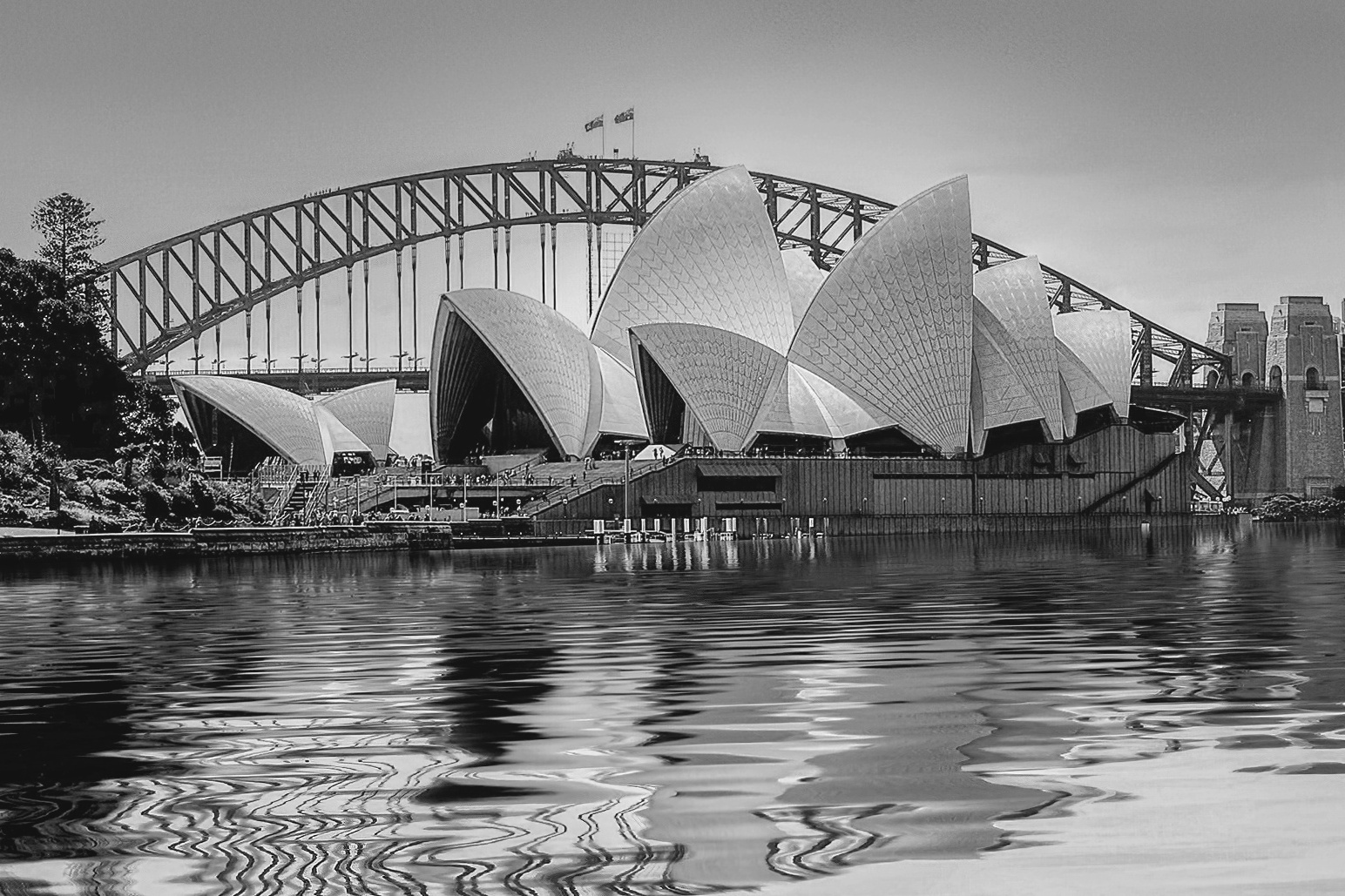

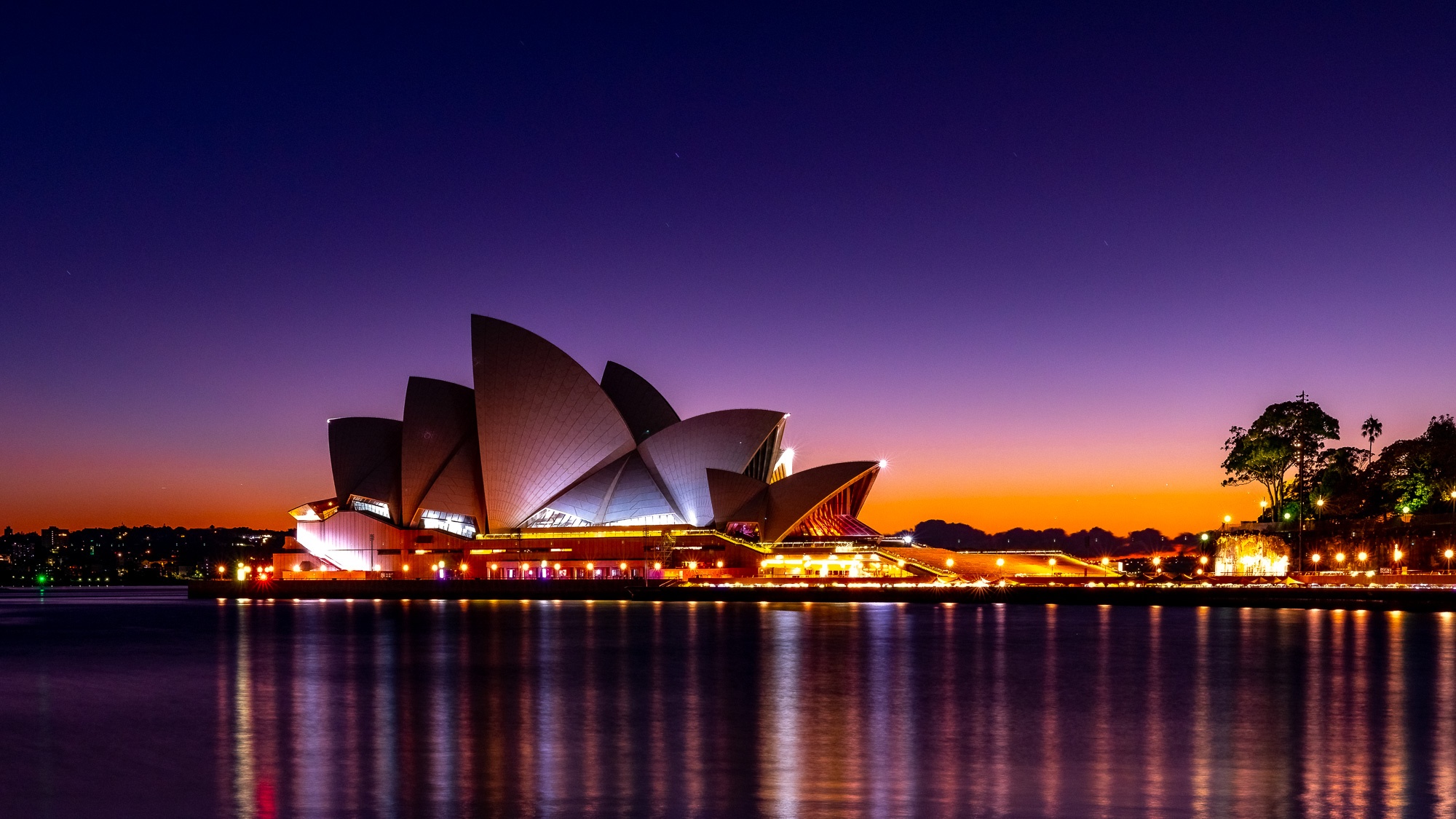
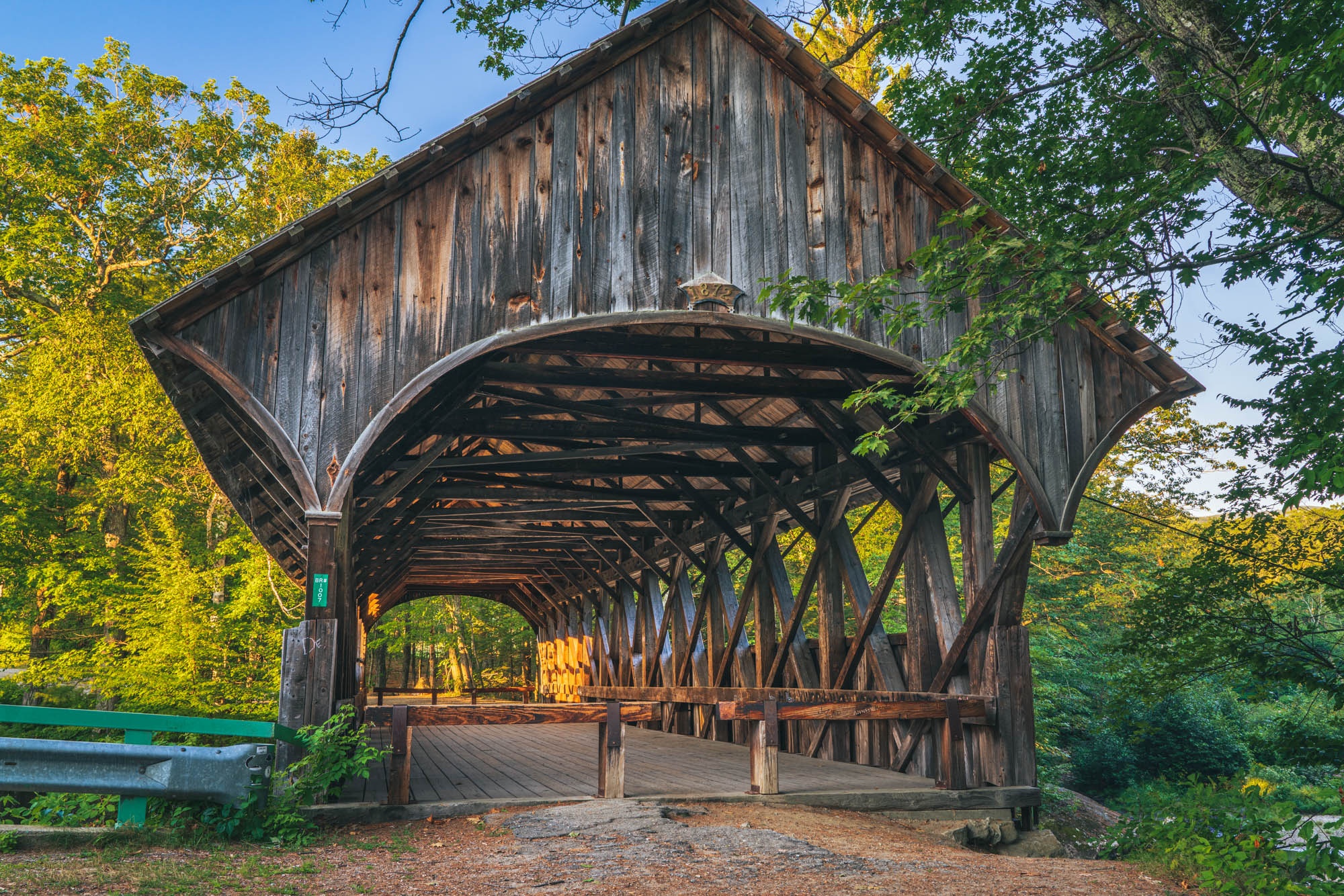
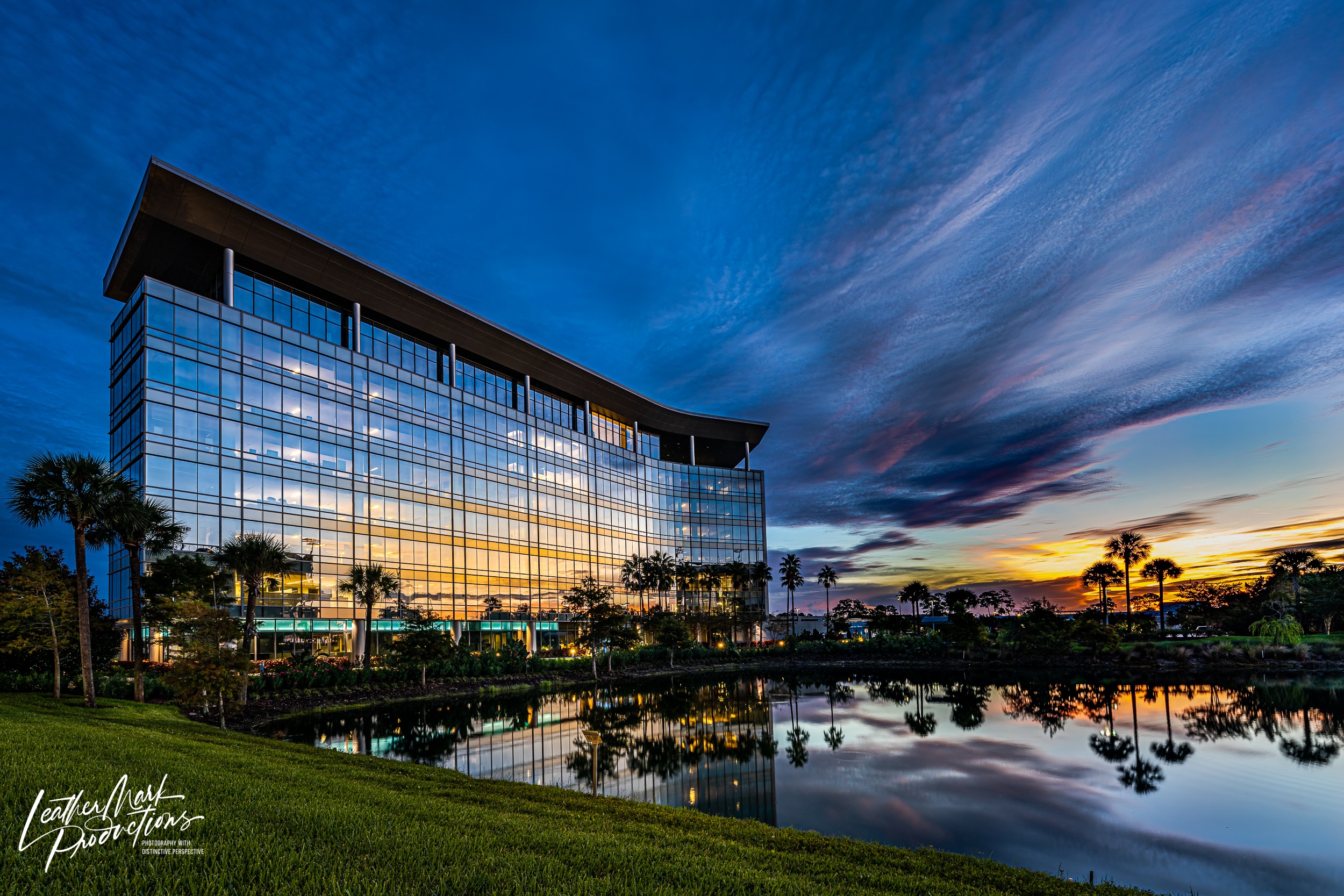
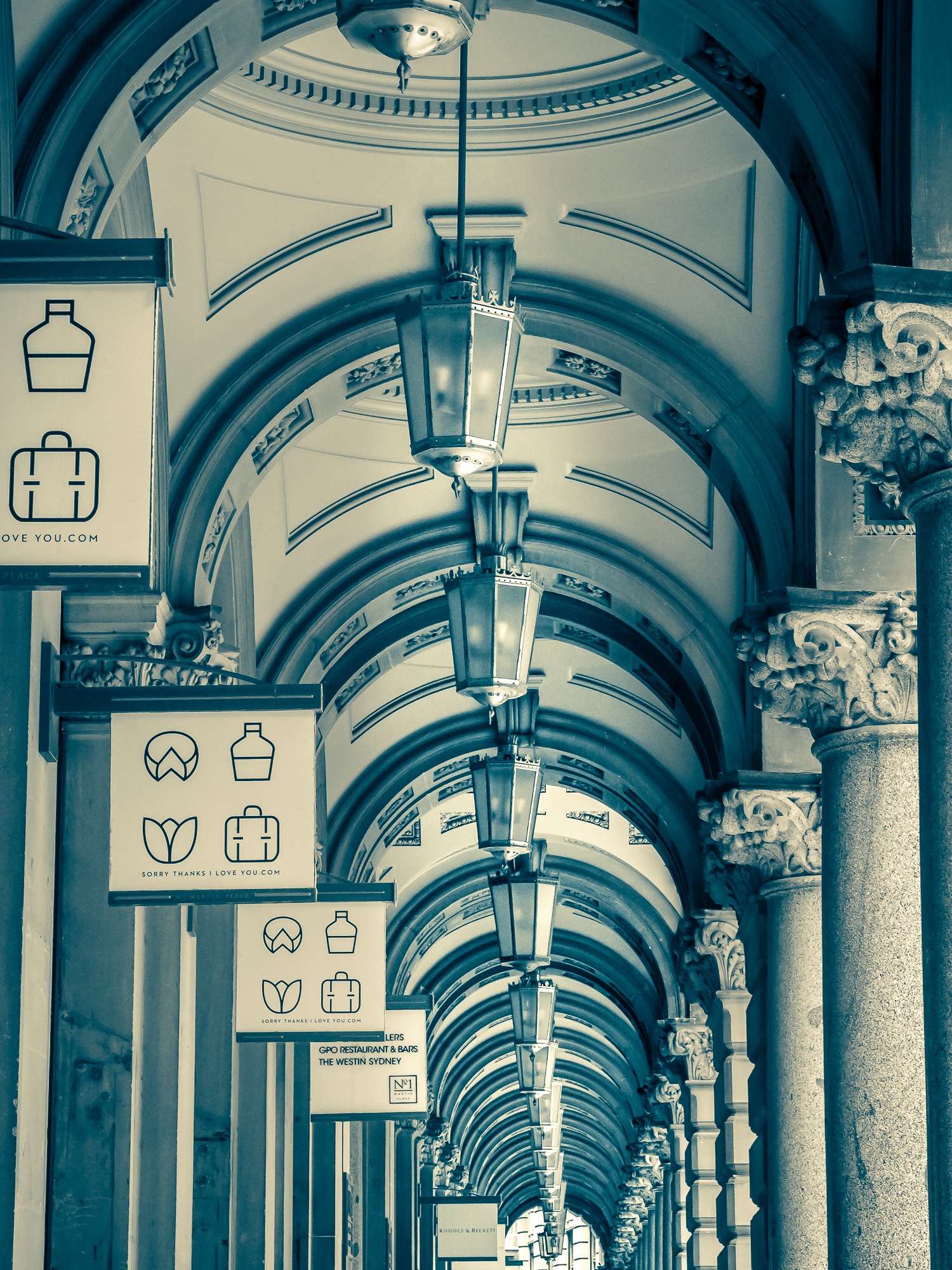


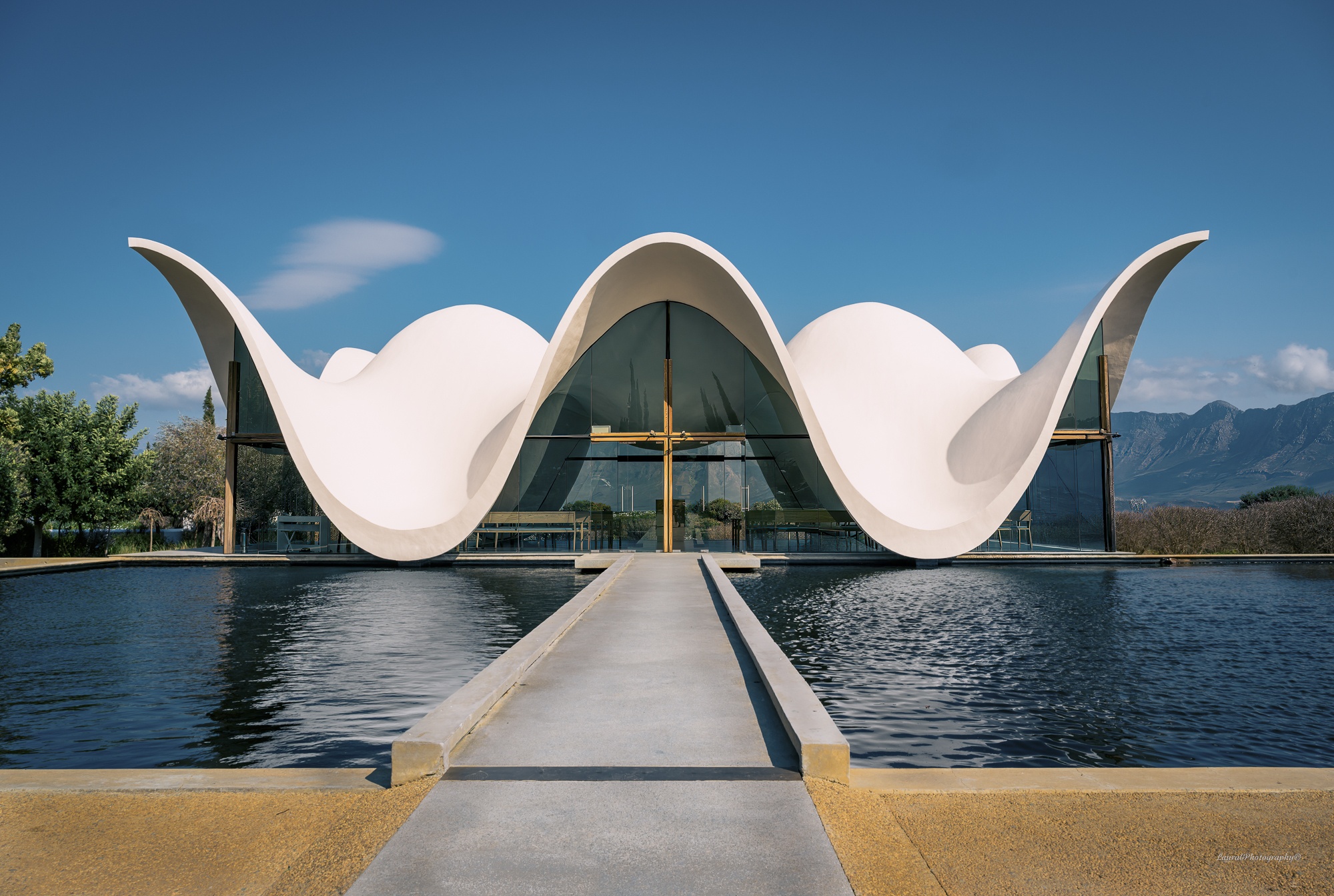

Congrats to this months featured artist, Tessa Blewchamp and to Peter Dwight for your beautiful cover shot. Well done. Brent